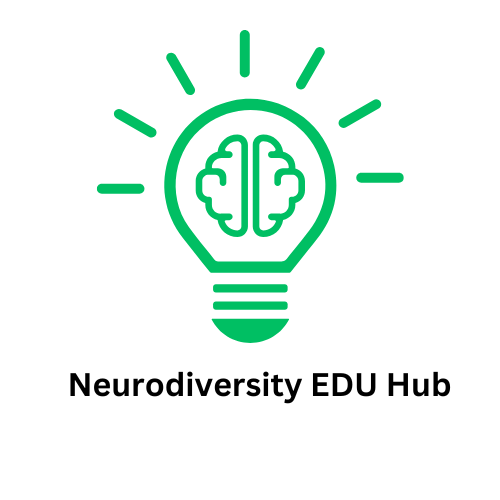
Understanding Hypermobility and ADHD
Have you ever felt that you were a little different? Whether it’s the uncanny ability to stretch your fingers in ways that seem impossible or experiences of distraction that feel overwhelming, many individuals find themselves experiencing both hypermobility and attention-deficit/hyperactivity disorder (ADHD). Recent research adds fascinating insights into the link between these two conditions, highlighting a significant intersection that advocates for greater awareness and support.
A Closer Look at Hypermobility
This condition, often described colloquially as being "double-jointed," refers to an increased range of motion in the joints. Hypermobility can manifest in various forms, such as hypermobile Ehlers-Danlos syndrome (hEDS) and hypermobility spectrum disorder (HSD). Each of these conditions impacts individuals differently, leading to challenges that go beyond physical flexibility. Individuals with hypermobility often report experiencing fatigue, joint pain, and an increased risk of injury, making it vital for educators and health professionals to be attuned to these nuances.
The ADHD Connection
ADHD is well-known for its influence on behavior, focus, and daily functioning. But what many might not realize is the overlapping symptoms that occur in those with both ADHD and hypermobility. Studies have suggested that individuals experiencing both conditions may face heightened sensory sensitivities. For example, the inattention common in ADHD may be exacerbated by the physical discomfort stemming from hypermobile joints, creating a dual layer of distress.
Why Awareness Matters in the Classroom
For educators and leaders in education, recognizing these links is crucial. Understanding that a student might be "fidgety" not simply out of restlessness but due to underlying medical conditions can fundamentally change how support is offered. Teachers can incorporate flexible seating arrangements and sensory tools to encourage movement while maintaining focus. This human-centered approach promotes a learning environment where individual needs are acknowledged, fostering positivity and academic success.
Personal Stories: The Journey to Awareness
Many women who resonate with hypermobility and ADHD share similar journeys marked by self-discovery and resilience. One teacher from New York, Hannah, shared her struggles of feeling out of place in both her classroom and her physical body. "For years, I didn’t know why I always felt tired and overwhelmed; it wasn’t until I connected the dots between ADHD and my hypermobility that I started understanding myself better," she explained. Such personal stories underscore the importance of awareness and education regarding these conditions.
What Can Be Done? Actionable Insights
Here are several strategies educators and individuals can take to improve the experience of those with ADHD and hypermobility:
- Flexible Classroom Policies: Encourage students to take movement breaks during lessons. This can include walking around the classroom or incorporating short stretching exercises.
- Sensory Tools: Invest in sensory products—such as stress balls, fidget spinners, or resistance bands—that can be used discreetly while learning.
- Open Communication: Create an environment where students feel safe discussing their challenges. Awareness leads to better understanding and support.
Final Thoughts on Embracing Empathy
Building a connection between those experiencing hypermobility and ADHD is a journey that requires both empathy and education. By addressing the tangible daily struggles faced by individuals, we can encourage a culture of support in classrooms and beyond. As educators and community leaders, it’s our responsibility to use these insights to cultivate spaces where every student can thrive, regardless of their challenges.
 Add Row
Add Row  Add
Add 




Write A Comment